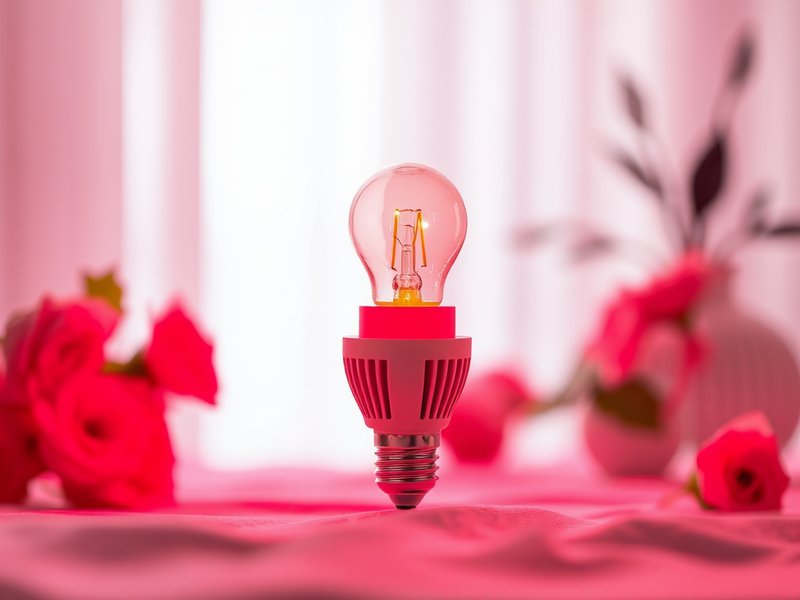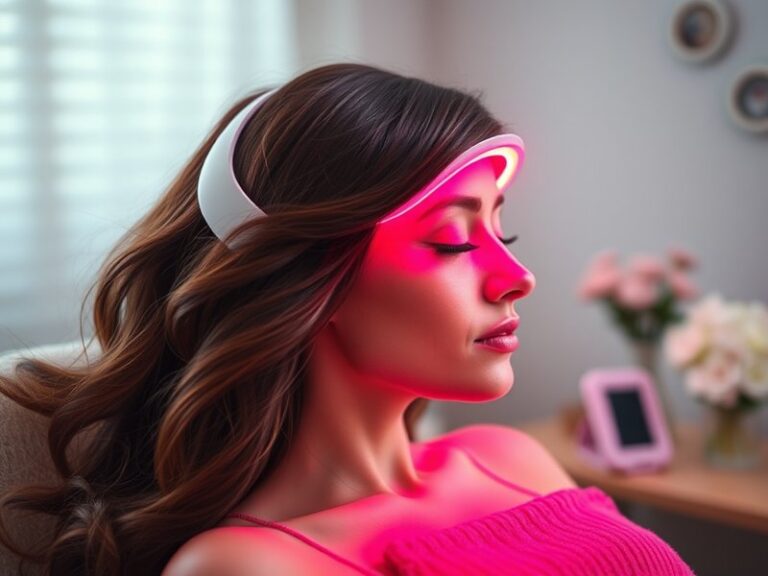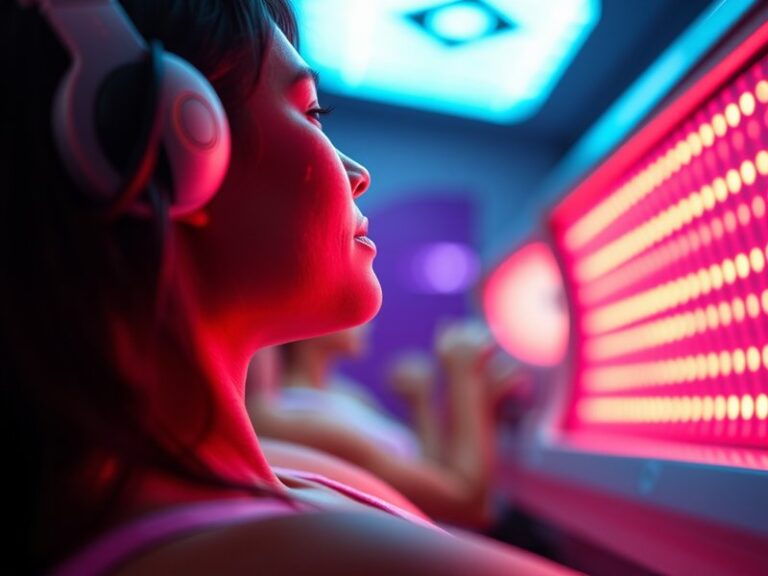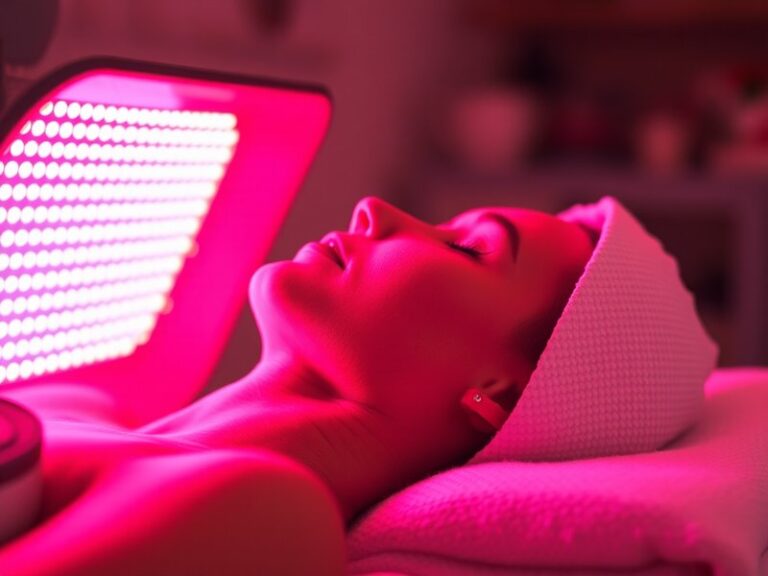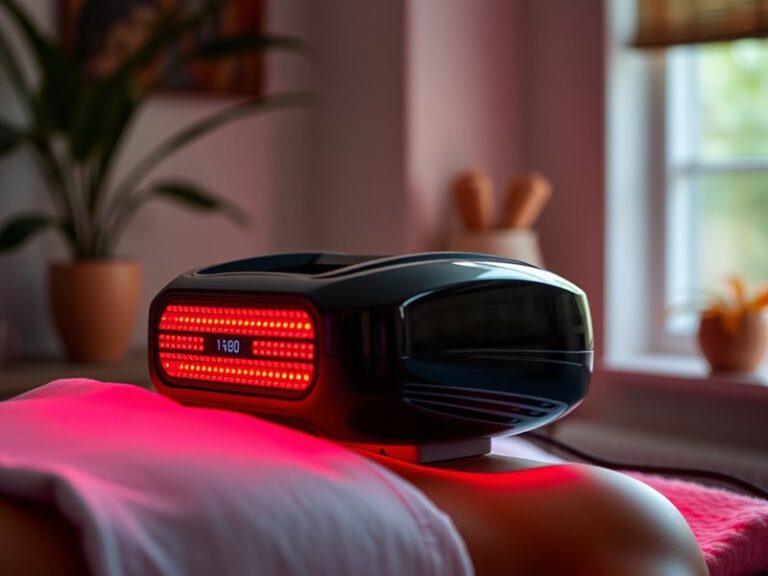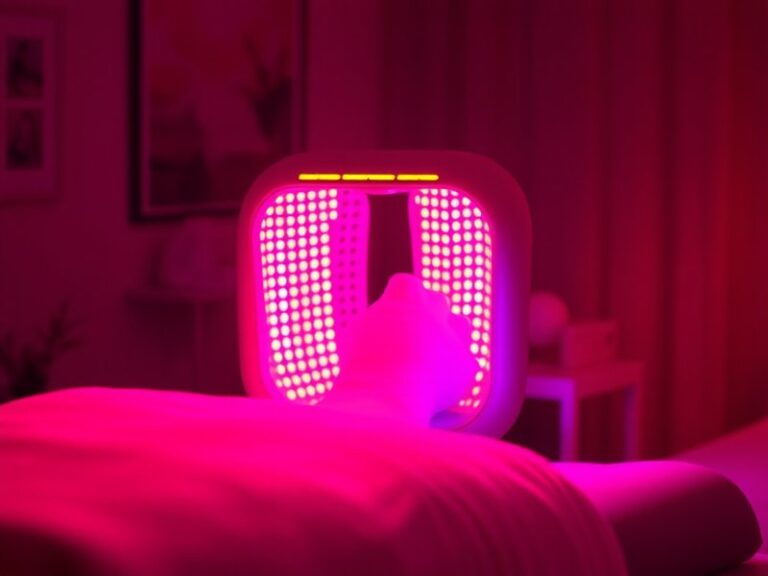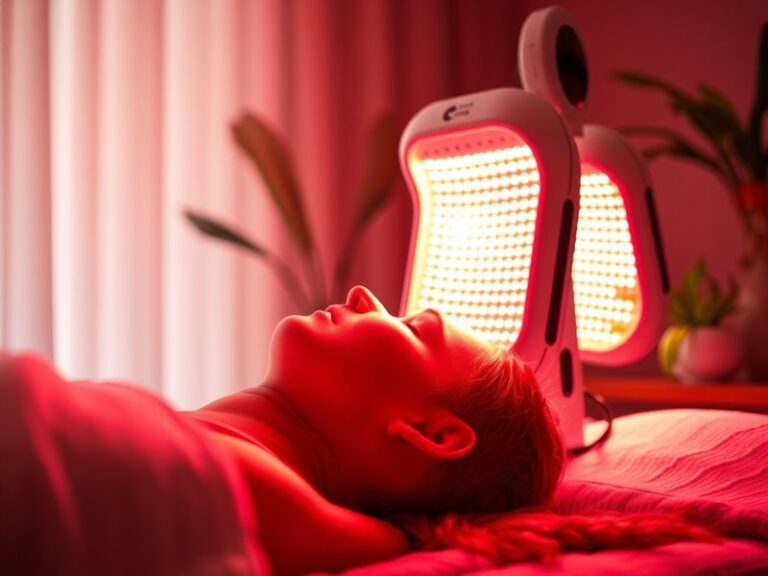What Kind Of Bulbs Are Used In Red Light Therapy?
What Kind of Bulbs Are Used in Red Light Therapy?
Are you curious about the types of bulbs used in red light therapy and how they work?
This article will explore the different kinds of bulbs utilized in red light therapy, highlighting their unique characteristics, benefits, and considerations when choosing the right option for your needs. We will also discuss alternatives and address some frequently asked questions to provide a comprehensive understanding of this innovative treatment.
Key Takeaways
- Red light therapy utilizes specific types of bulbs that emit wavelengths beneficial for healing and rejuvenation.
- Different bulbs, such as LED, incandescent, and laser diodes, offer varying advantages and applications.
- Understanding the characteristics of each bulb type can help you make informed decisions about your red light therapy options.
What is Red Light Therapy?
Red light therapy, also known as low-level laser therapy (LLLT) or photobiomodulation, is a non-invasive treatment that uses specific wavelengths of red and near-infrared light to promote cellular healing and regeneration. The therapy has gained popularity for its potential benefits in enhancing skin health, reducing inflammation, relieving pain, and improving recovery from injuries.
Red light therapy works by penetrating the skin and stimulating the mitochondria in cells, leading to increased ATP (adenosine triphosphate) production. This boost in cellular energy promotes healing and can enhance skin texture and tone.
Types of Bulbs Used in Red Light Therapy
Understanding the various types of bulbs used in red light therapy is essential for choosing the right device for personal or professional use. The primary types of bulbs are:
- LED Bulbs: These are the most common type used in red light therapy devices due to their efficiency, longevity, and low heat output. LED bulbs emit specific wavelengths of light (typically between 600 and 650 nanometers for red light) that are effective for therapeutic purposes.
- Incandescent Bulbs: While less common, incandescent bulbs can be used in red light therapy devices. They emit a wider spectrum of light but can generate more heat. The wavelengths produced may not be as effective as those from LEDs.
- Laser Diodes: These bulbs produce concentrated beams of light and are effective for targeted treatment. They are often used in clinical settings, providing more precise applications for conditions like pain relief or skin disorders.
What are the Benefits of Red Light Therapy?
Red light therapy offers a myriad of advantages, making it a popular choice among individuals seeking alternative treatments.
Skin Health Improvement
One of the most recognized benefits of red light therapy is its ability to enhance skin health. Studies have shown that exposure to red light can improve collagen production, reduce wrinkles, and promote healing of acne scars and other skin imperfections.
Pain Relief
Many individuals have turned to red light therapy as a natural pain relief option. The therapy can decrease inflammation and promote circulation, making it beneficial for conditions such as arthritis, muscle soreness, and joint pain.
Faster Recovery from Injuries
Athletes and fitness enthusiasts often use red light therapy to accelerate recovery from injuries. The increased ATP production boosts cellular repair processes, helping to reduce recovery time associated with muscle strains, sprains, and other injuries.
Additional Benefits
- Mood Enhancement: Some users report improved mood and reduced symptoms of depression and anxiety with regular use.
- Reduced Inflammation: The therapy can aid in lowering inflammation, benefiting various conditions, from chronic pain to skin diseases.
Is it Possible to Choose the Right Bulb for Red Light Therapy?
Choosing the correct bulb for red light therapy is critical for obtaining the desired results. Each type of bulb has its strengths and weaknesses, and understanding these can help you make a well-informed choice.
What are the Advantages of Different Bulb Types?
- LED Bulbs: Highly efficient and durable, with low heat output, LED bulbs are affordable, often available in various wavelengths tailored for specific treatments.
- Incandescent Bulbs: These bulbs emit a broader spectrum and can cover larger areas but may require monitoring to avoid overheating.
- Laser Diodes: Excellent for targeted treatments due to their precision, laser diodes are effective for professional settings but can be more expensive and complex to use.
What are the Disadvantages of Different Bulb Types?
- LED Bulbs: While they are generally safe, some lower-quality products may not emit the optimal wavelengths needed for effectiveness.
- Incandescent Bulbs: They may produce excessive heat, making prolonged exposure uncomfortable and riskier for skin burns.
- Laser Diodes: The high intensity can be detrimental if not used correctly, requiring trained personnel to operate.
What are the Things to Consider Before Choosing a Bulb?
Before selecting a bulb for red light therapy, consider several factors to maximize effectiveness and safety.
Wavelength
The wavelength of light emitted by the bulb is crucial, as different wavelengths penetrate the skin to various depths. Red light typically ranges from 600 to 650 nanometers for skin treatments, while near-infrared light ranges from 800 to 900 nanometers for deeper tissue penetration.
Intensity
Intensity refers to how concentrated the light output is. Higher intensity may lead to quicker results but can also increase the risk of discomfort. It’s essential to balance intensity with comfort levels during treatments.
Duration and Treatment Frequency
Consider how long and how often you intend to use the therapy. Some bulbs may require longer exposure times or more frequent sessions to see desired results, affecting convenience and practicality.
Additional Considerations
- Home vs. Professional Use: Decide whether you’re purchasing for personal use or clinical applications, as this can influence your choice of technology and budget.
- Cost: Evaluate your budget against the options available, as some bulbs can be significantly pricier than others.
What are the Alternatives to Red Light Therapy?
If red light therapy does not seem like the right fit for you, there are several alternative therapies to consider.
Cold Laser Therapy
This non-invasive procedure uses low-level lasers similar to red light therapy but allows for targeted treatment of specific areas. It offers many benefits, including pain relief and healing enhancement.
Ultrasound Therapy
Ultrasound therapy uses sound waves to promote tissue healing and pain relief. It is often used in physical therapy settings and can provide deep penetration to affected tissues.
Photodynamic Therapy
Often used to treat skin conditions like acne and psoriasis, photodynamic therapy combines light with photosensitizing agents to target damaged cells effectively.
Additional Alternatives
- Cryotherapy: Involves exposing the body to extremely cold temperatures to promote recovery and reduce inflammation.
- Infrared Saunas: Utilize heat to promote relaxation, detoxification, and pain relief.
Conclusion: Is it Recommended to Use Red Light Therapy?
Red light therapy presents a valuable, non-invasive option for those seeking improvements in skin health, pain relief, and recovery enhancement. The effectiveness of the therapy largely depends on the choice of bulbs, as different types like LED, incandescent, and laser diodes offer varying benefits and applications.
When choosing the appropriate therapy, consider factors such as wavelength, intensity, and your specific needs. While alternatives exist, red light therapy remains a popular choice due to its versatility and growing body of research supporting its efficacy.
See the complete post Can Red Light Therapy Lighten Skin?
Frequently Asked Questions
What is the best type of bulb for red light therapy?
The best type of bulb generally depends on individual needs, but LED bulbs are widely regarded as the most efficient and versatile option for home use.
Can red light therapy cause any harm?
Red light therapy is generally safe with minimal side effects, but improper usage or low-quality devices can lead to skin irritation or discomfort.
How often should I use red light therapy?
Frequency can vary based on the treatment goal, but many people find success with 3-5 sessions per week. Always consult with a health professional to determine the best regimen for your specific condition.
Are there any specific brands of bulbs to consider?
Look for reputable brands known for their scientific backing and positive user reviews. Brands like Joovv, Red Therapy, and Sunlighten are popular choices among users.
Can anyone use red light therapy?
Most individuals can benefit from red light therapy, but those with certain medical conditions or who are pregnant should consult their healthcare provider before beginning treatment.
Discover the full story Effectiveness of Red Light Therapy
